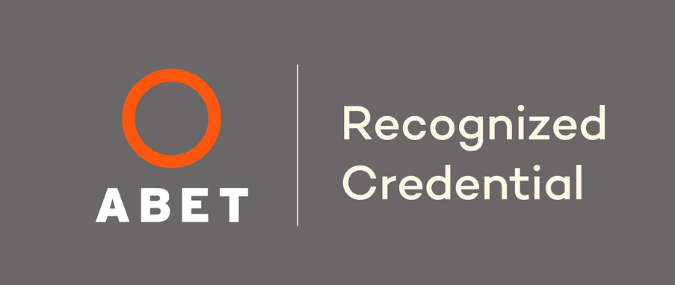

This program has satisfied ABET’s Credential Recognition Standards for quality.
View Important Policies and System Requirements for this course
Interested in registering 5 or more engineers for a course? Contact us for information and rates.
INSTRUCTOR: Nils J. Gransberg, Ph.D., DBIA, M.ASCE
Purpose and Background
This course teaches the fundamentals of construction cost estimating, including the development of a work breakdown structure. Technical focus is on quantity takeoff (QTO) for typical civil/utility systems; including, but not limited to earthwork, trenching and piping, and pavements. Learners will develop fundamental skills enabling them to produce QTO’s for their projects that improve their understanding of cardinal quantities, means and methods, and improve the accuracy of engineer’s estimates produced for their clients. This course will take an estimated 6 hours to complete.
Benefits and Learning Outcomes
Upon completion of this course, you will be able to:
- Explain how to conduct a quantity takeoff for a heavy civil or utility projects focused on construction means and methods used to conduct the work.
- Identify necessary documents, tools, and techniques necessary to conduct an accurate QTO.
- Calculate quantities for cardinal materials using construction plans and specifications.
- Apply tools and techniques to conduct quantity takeoffs for linear-based project scope and area-based project scope.
- Estimate linear, area, and volumetric units of materials in a heavy civil/utility project scope to develop and/or validate an engineer’s estimate.
Assessment of Learning Outcomes
Achievement of the learning outcomes by attendees will be assessed through a short post-assessment exam (true-false, multiple choice and fill in the blank questions).
Who Should Attend?
- Entry-Level Civil Engineers
- Construction project owners
- Design consultants
- Construction contractors
- Architects
- Non-engineering construction professionals
Pre-Requisites
The focus of this course is on entry-level civil engineers and/or non-engineers with civil engineering and construction adjacent jobs who participate in developing heavy-civil/utility construction projects (architects, general contractors, owner’s representatives, construction administrators, etc.). Learners should have at least an introductory level of familiarity with civil engineering, heavy-civil/utilities projects, and the ability to do basic mathematical calculations.
Course Outline
Module 1: Introduction to Cost Estimating
Lesson 1.1 = Organizing for Project Management - this video contains a short quiz
Lesson 1.2 = Developing Work Breakdown Structures
Learning Exercise
Lesson 1.3 = Estimating Fundamentals - this video contains a short quiz
Lesson 1.4 = Estimating Forms and Procedures
Learning Exercise
Module 2: Risk-Based Estimating and Print Reading
Lesson 2.1 = Introduction to Stochastic Estimating - this video contains a short quiz
Lesson 2.2 = Using Stochastic Estimating Tools - video contains a short quiz
Lesson 2.3 = Print Reading – Plans and Profiles
Learning Exercise
Lesson 2.4 = Introduction to Estimating Earthwork and Pavement Quantities – this video contains a short quiz
Lesson 2.5 = Introduction to Estimating Bridge and Structure Quantities
Learning Exercise
Module 3: Earthwork
Lesson 3.1 = Quantity Surveying Fundamentals - this video contains a short quiz
Lesson 3.2 = QTO – Volumetric Calculation Procedures for Earthwork
Learning Exercise
Lesson 3.3 = Cost Estimating – Engineer’s Estimate Quantities - this video contains a short quiz
Lesson 3.4 = Cost Estimating – Excavation & Haul (Dump Trucks)
Lesson 3.5 = Cost Estimating – Excavation & Haul (Push Load Scrapers)
Learning Exercise
Module 4: Pavement and Bridges
Lesson 4.1 = QTO – Pavement Quantity Survey Procedures - this video contains a short quiz
Lesson 4.2 = QTO – Calculation Procedures HMA and Base Courses
Learning Exercise
Lesson 4.3 = QTO – Calculation Procedures for Concrete Pavements - this video contains a short quiz
Lesson 4.4 = QTO – Calculation Procedures for Structures
Learning Exercise
How to Earn your CEUs/PDHs and Receive Your Certificate of Completion
This course is worth .6 CEUs/6 PDHs. To receive your certificate of completion, you will need to complete a short on-line post-test and receive a passing score of 70% or higher.
How do I convert CEUs to PDHs?
1.0 CEU = 10 PDHs [Example: 0.1 CEU = 1 PDH]

The Estimating Quantities of Work for Unit Price Projects credential satisfies ABET’s Credential Recognition Standards for quality.